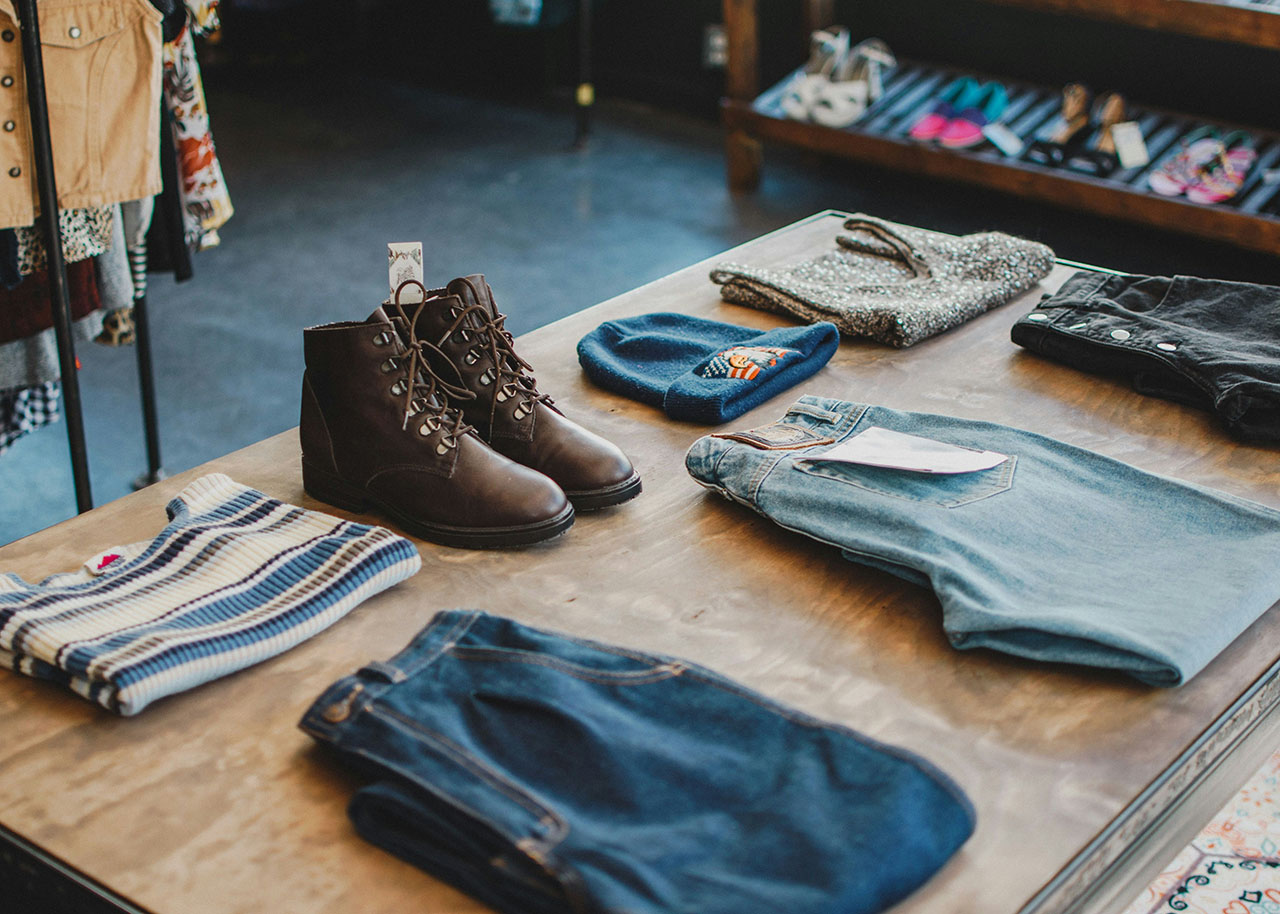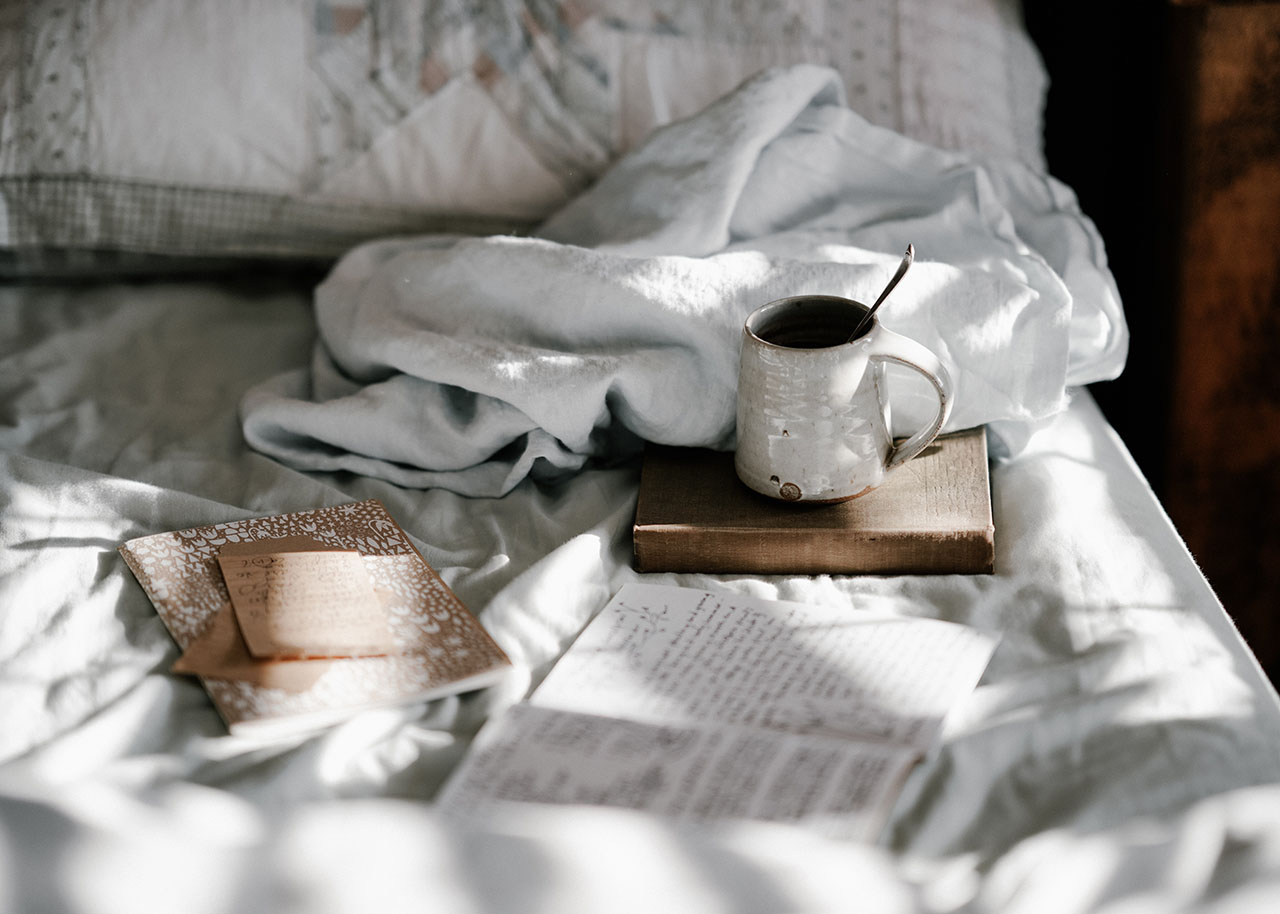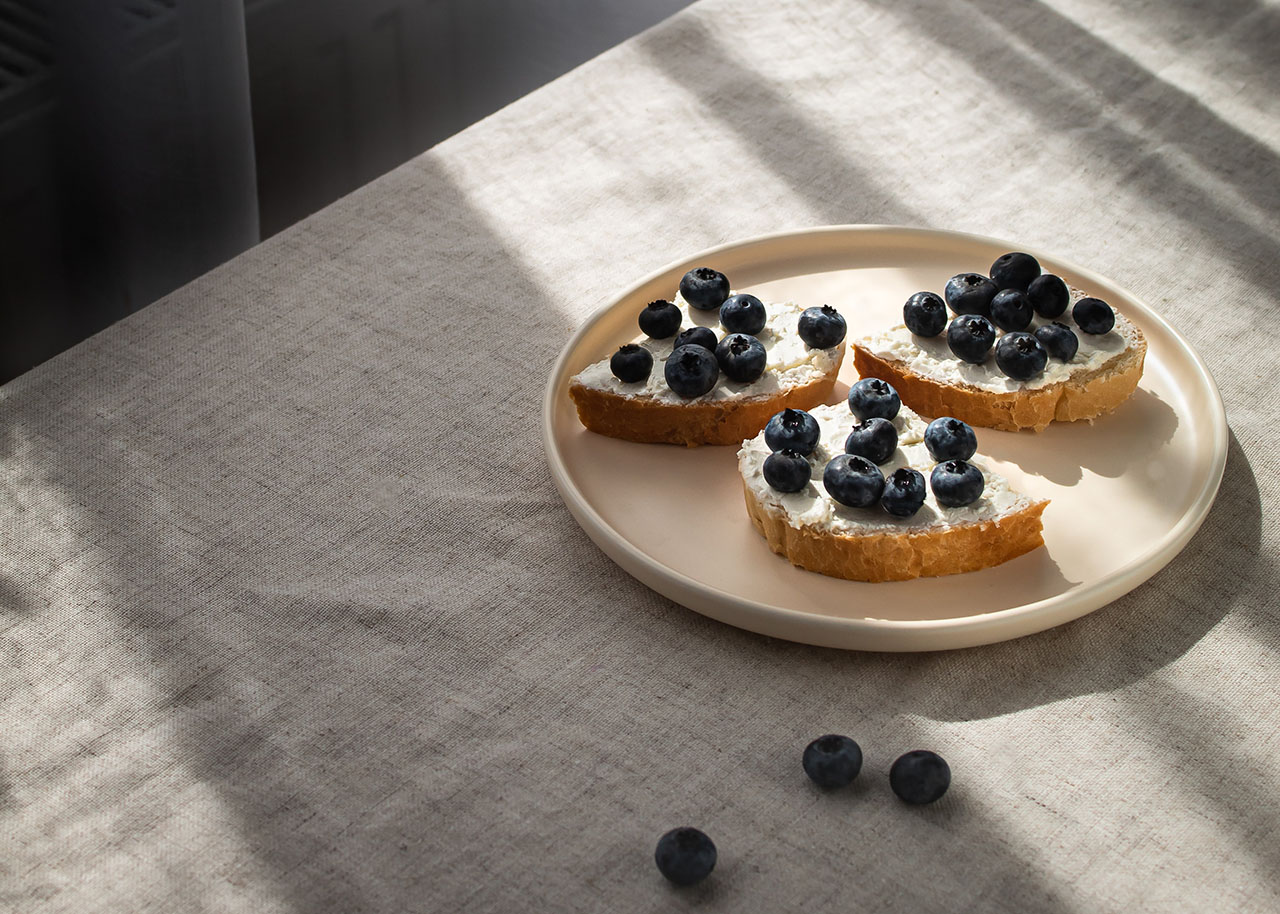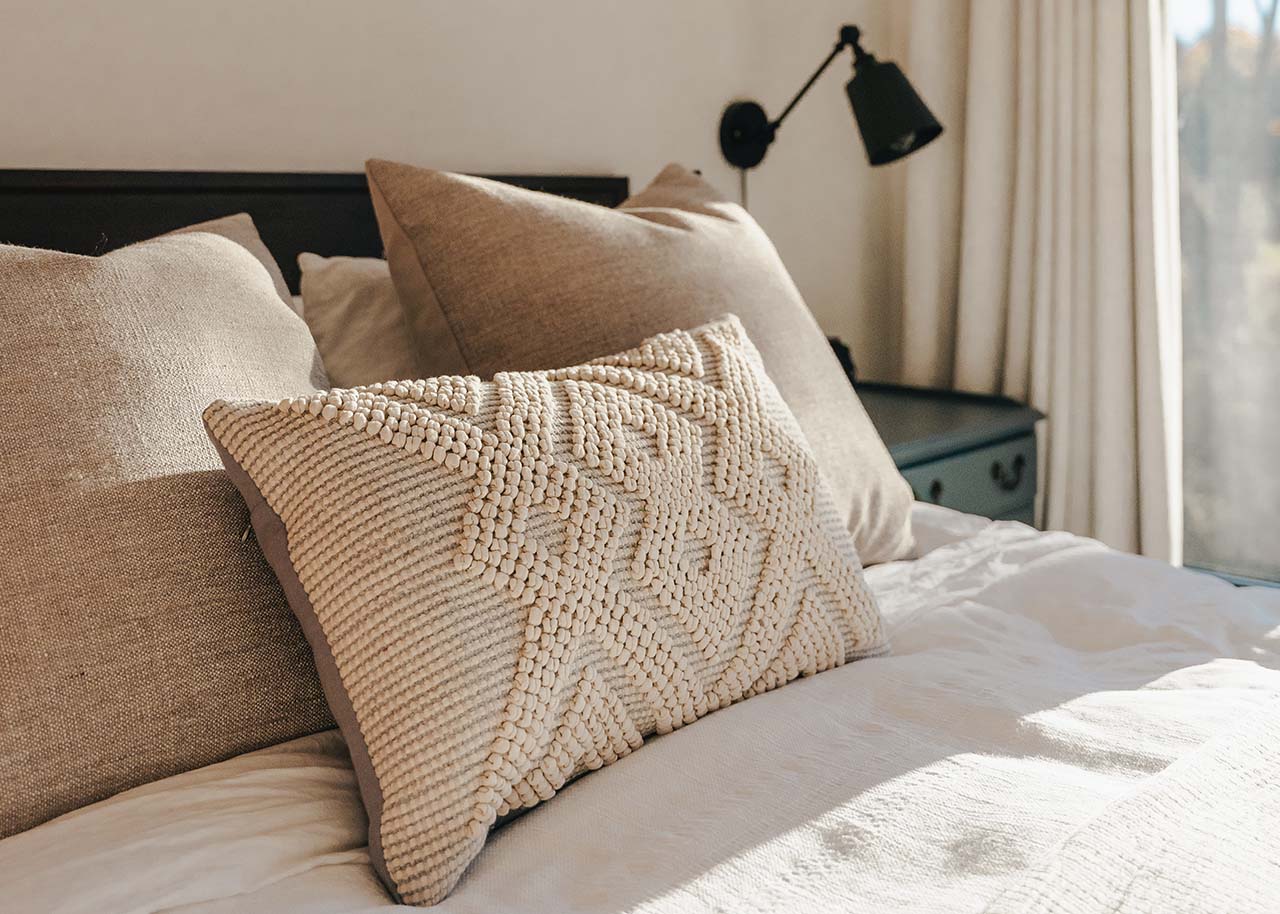(collaborative post)
Fast fashion is all the rage, with people looking for new clothes to wear every week. However, slow fashion is also an emerging trend, primarily due to the issues associated with the former.
Fast fashion typically involves purchasing new clothes every couple of weeks and discarding old ones that have served their purpose. This approach is popular but also detrimental to the environment. The fast fashion industry thrives on high turnover rates and low production costs, often at the expense of quality, ethical standards, and environmental sustainability.
Advocates of slow fashion aim to change this. Instead of acquiring new items weekly, these individuals purchase durable pieces that will complement their wardrobes for years to come. Slow fashion encourages thoughtful consumption, where each purchase is intentional and valued.
Why slow fashion is better
Let’s explore some of the reasons why slow fashion is superior to fast fashion:
More cost-effective
Slow fashion is more cost-effective over time. Rather than buying new items every couple of weeks, buyers reduce their purchasing frequency, acquiring items perhaps every six months, if that. The higher upfront cost of slow fashion garments might seem daunting, but these pieces are designed to last longer, offering better value for money in the long run.
While slow fashion might seem more expensive due to the higher upfront cost of the garments, getting the price-durability ratio right can significantly reduce long-term spending. People who buy clothes to last do not need to shop nearly as often. A well-made piece can withstand years of wear and tear, reducing the need for constant replacements and thus saving money over time.
Better working conditions
Slow fashion also promotes better working conditions. By purchasing garments that command a premium, consumers can support improved employment practices, rather than contributing to sweatshop labour. The fast fashion industry is notorious for its exploitative labour practices, often involving long hours, low wages, and unsafe working conditions. In contrast, many slow fashion brands prioritise fair wages, reasonable working hours, and safe environments for their workers.
Many brands provide statements on their websites explaining how their practices help protect employees. By choosing slow fashion, consumers can make a positive impact on the lives of workers, supporting brands that uphold ethical standards and transparency in their production processes.
Lower environmental impact
The final reason slow fashion is better is its lower impact on the environment. Each item lasts up to ten times longer, meaning it doesn’t end up in landfill as quickly. The fast fashion industry is a significant contributor to environmental degradation, with its reliance on synthetic materials, excessive water usage, and pollution from textile dyeing processes.
Furthermore, many clothes in the slow fashion category are made from recycled polyester and organic cotton, making them even more sustainable and helping to mitigate some of the damage caused by fast fashion. These materials are often produced using eco-friendly methods that reduce the overall carbon footprint and minimise harmful chemical use.
Additionally, slow fashion brands often adopt practices such as small-batch production, which reduces waste by ensuring that only the necessary amount of clothing is made. This contrasts sharply with the overproduction typical in the fast fashion industry, where unsold items frequently end up in landfills or incinerators.
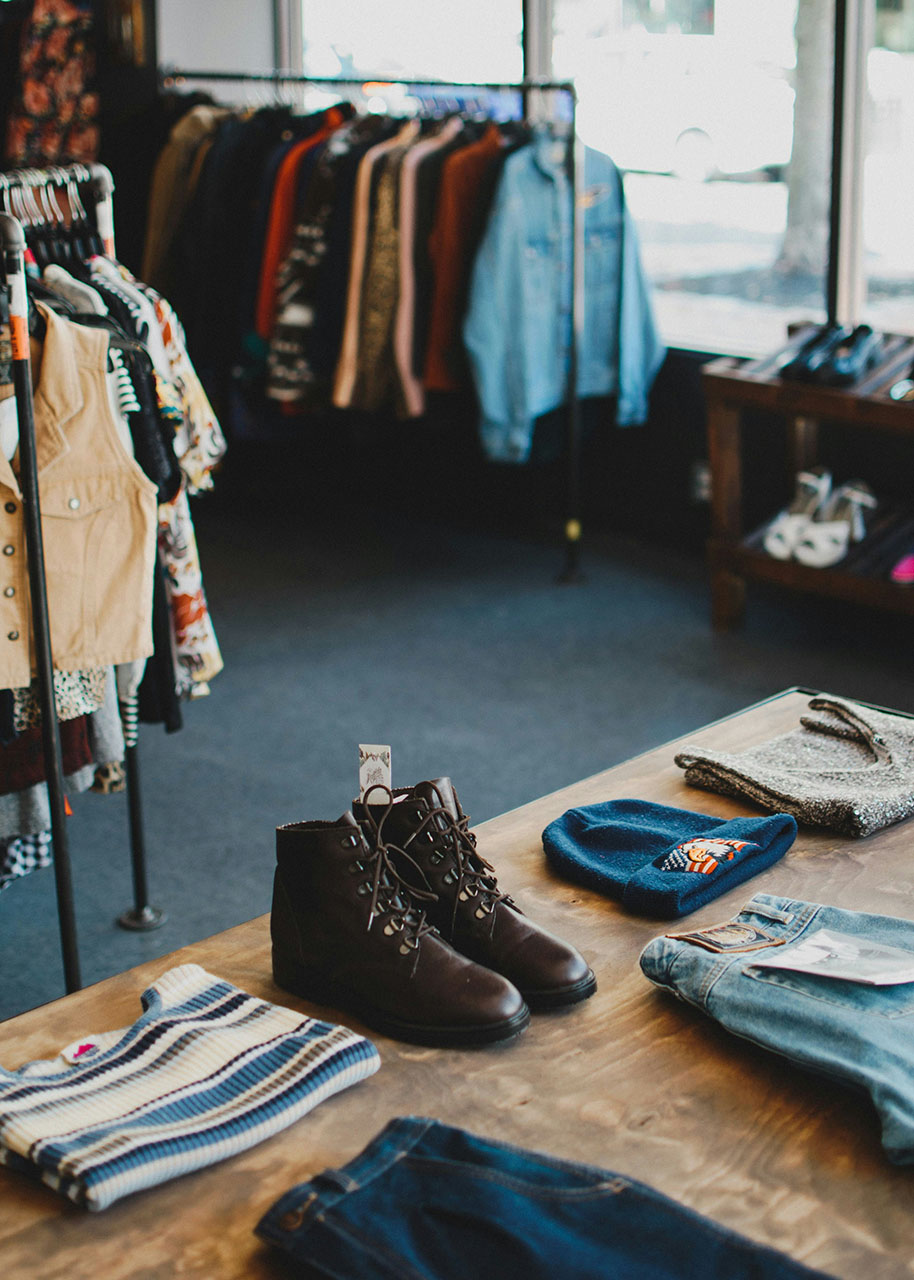
What to do if you are interested in slow fashion
So, what should you do if you are intrigued by the concept of slow fashion? Here’s our advice:
Buy quality items
Whether it’s a new skirt or septum jewellery, you should always prioritise quality above everything else. Imagine yourself wearing an item for years to come. Quality items not only last longer but also often feature timeless designs that remain stylish regardless of changing fashion trends.
Avoid anything that feels impulsive or intended for a single occasion (like going on holiday). Instead, feel the material and see if it meets your standards. Check online reviews to determine its longevity. Investing time in researching brands and products can ensure that you make informed decisions that align with slow fashion principles.
Buy less
Another principle of slow fashion is to buy less. Shopping less frequently (perhaps twice a year) is usually sufficient. This reduction in consumption not only saves money but also helps to combat the culture of disposable fashion.
Before shopping, review what you already have in your wardrobe. Consider whether you need to replace all items or just some of them. This practice encourages a minimalist approach to fashion, focusing on versatile pieces that can be mixed and matched to create multiple outfits.
Shop for used clothes
You could also try shopping for used clothes. Acquiring pre-worn items helps prevent them from going into landfill. It also reduces the need to extract virgin materials (or even recycled ones), thus lowering overall consumption. Second-hand shopping can be an exciting treasure hunt, offering unique pieces that add character to your wardrobe.
Moreover, the rise of online platforms and vintage shops has made it easier than ever to find high-quality used clothing. By extending the life cycle of existing garments, you contribute to a more sustainable fashion ecosystem.
So there you have it: slow fashion, the latest trend. It’s enjoyable and helps protect the environment. Embracing slow fashion not only benefits your wardrobe but also supports ethical practices and environmental sustainability, making it a truly holistic approach to dressing.
This post was published in collaboration with a content partner. The article is meant to inspire you how to live a slow, simple, soulful and sustainable lifestyle and may contain (affiliate) links to articles, websites or products/services that may be of interest to you.
Would you like to receive inspiration from The Slow Living Guide regularly?
Sign up for the newsletter here.
